Tag: governance
-

Our 2024 Year in Review
In this report, we summarize all of the significant steps forward in the past year, from a new version of our standards, upgrades to our governance model, and breakthroughs in business strategy across the human service informatics sector. Read more here in the report. Continue reading →
-
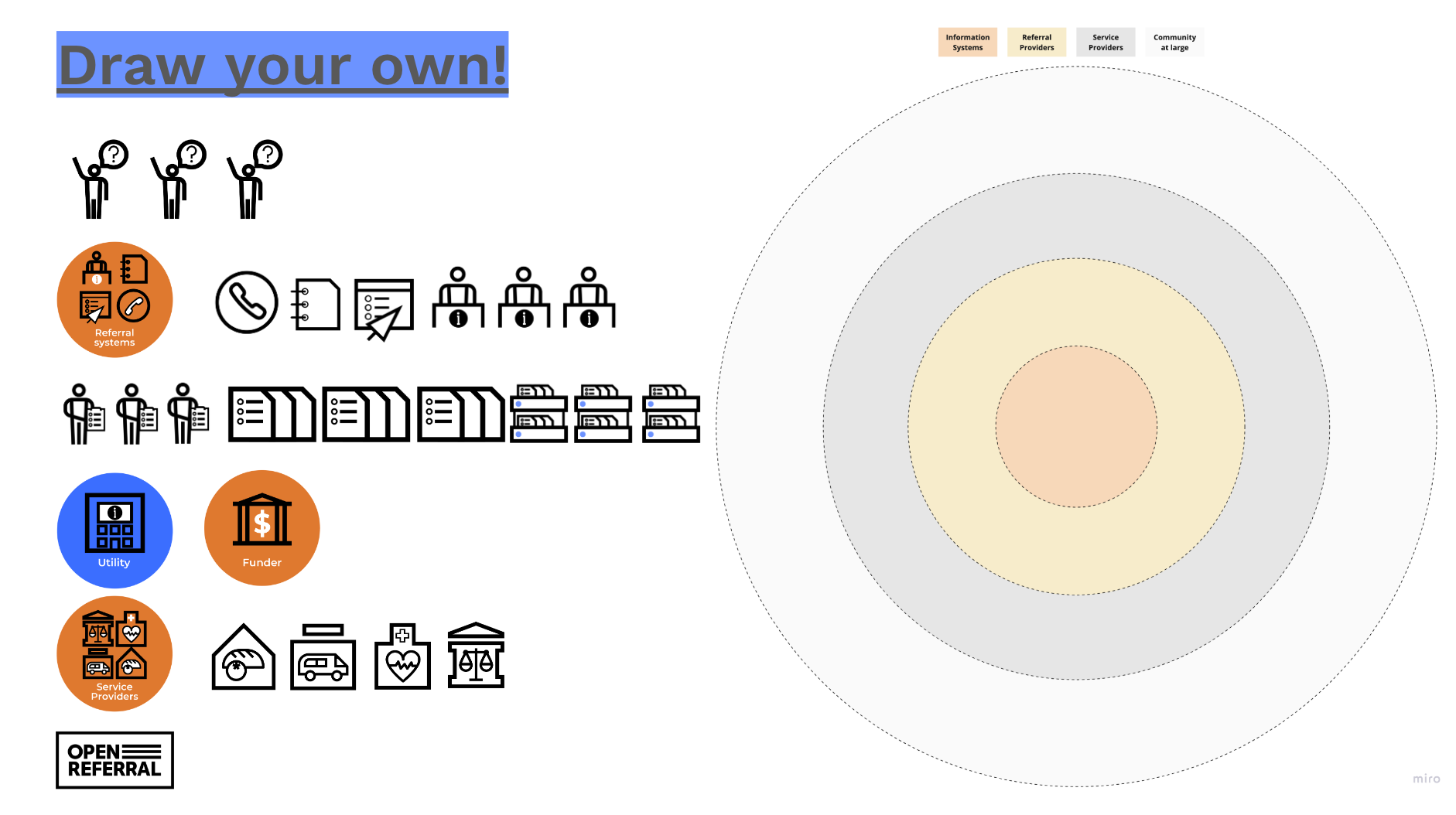
Envisioning cooperative resource directory information infrastructure in Minnesota
Minnesota residents can look for information about a range of human services on MinnesotaHelp.Info®, a resource navigation program supported through partnership among several public entities (including the state’s Department of Human Services and Board on Aging). Minnesotans can also look for information about human services via 2-1-1, which is operated by United Ways of Minnesota…
-

Upgrading our Governance: Introducing the Open Referral Standing Technical Committee
[EDITOR’S NOTE: Open Referral’s new standing technical committee wants to hear from members of our community about your priorities and feedback. Please take a few minutes to complete this survey– your input can help us shape our roadmap for the year … Continue reading →
-
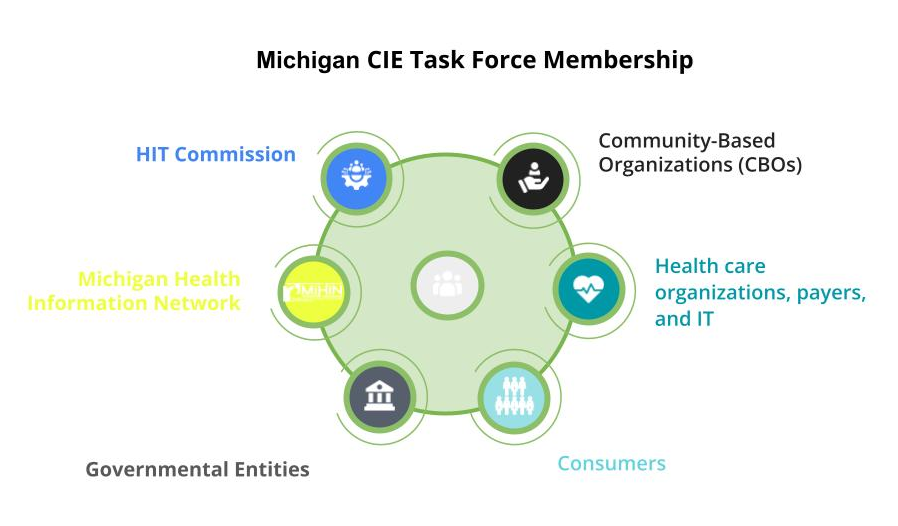
The Community Information Exchange Task Force Report from Michigan’s Dept of Health and Human Services
I’ve had the honor and privilege of working with the Michigan Community Information Exchange Task Force over the past year. I encourage you to read the report, which is published here. You can also watch this webinar summarizing the report with commentary from a range of task force members. In my (admittedly biased) opinion, this…
-

Laying the foundation for a community information exchange in Utah
In 2021, Utah’s incoming governor Spencer Cox outlined a plan – the One Utah Roadmap – to address key priorities for the state in his first 500 days, ranging from coordinated COVID response to addressing the social determinants of health. In support of these priorities, the Governor’s office formed a working group focused on the…
-
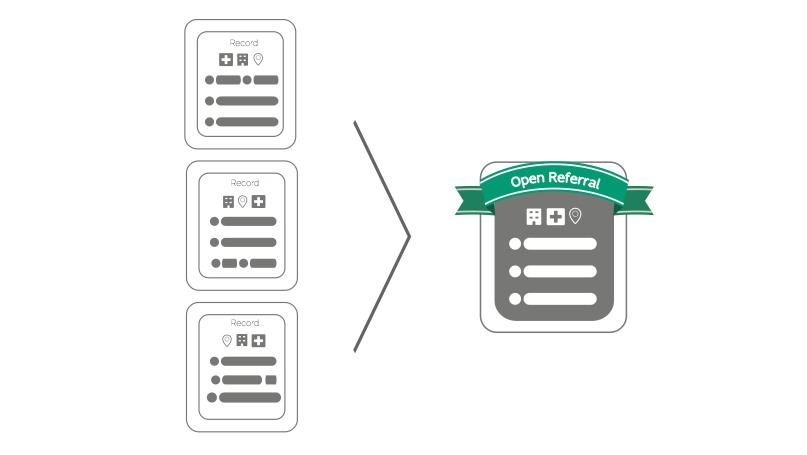
Introducing Version 3.0 of the Human Service Data Specifications
UPDATE: As of May 1st 2023, this upgrade is considered official! Thanks to our workgroup and all those in the community who contributed input. Read below for details.[This post is from Dan Smith, Open Data Services Cooperative’s Partnerships Lead for Health, Social and Physical Activity Data. Welcome, Dan!] We are excited to share a proposal…
-
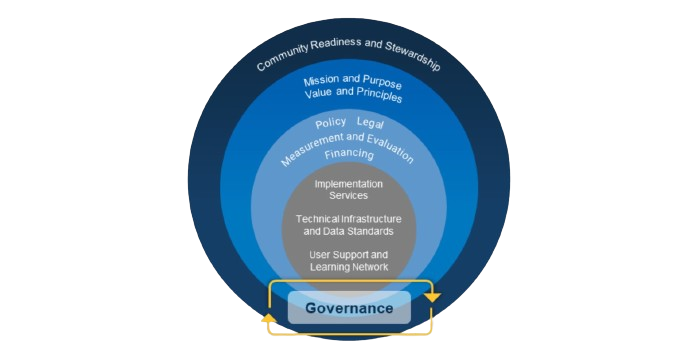
Just Released: Toolkit for information exchange initiatives from the Office of the National Coordinator of Health IT at HHS
I’m excited to share with you this toolkit for information exchange initiatives that aim to address the social determinants of health – shared by the Office of the National Coordination for Health Information Technology at the US Department of Health and Human Services (known as ONC). The toolkit (PDF downloadable here) synthesizes subject matter expertise…
-
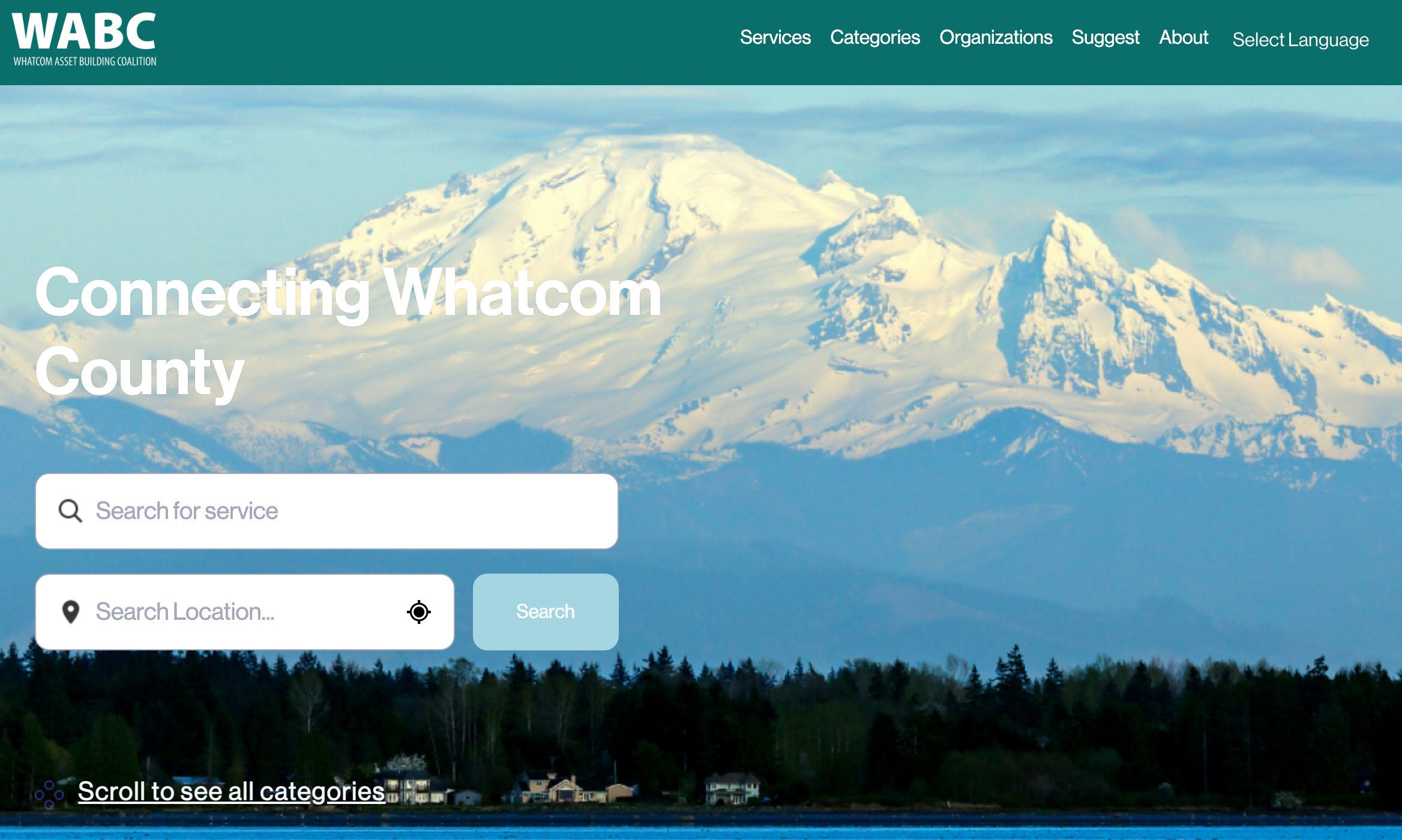
Introducing the Whatcom County Resource Information Collaborative
This post is brought to us by Kristi Slette, Secretariat of the Whatcom Resource Information Collaborative in Washington state. Welcome, Kristi! Washington state’s Whatcom County – the north western most county in continental U.S. – is a resourceful community with many collaborative community-based organizations that serve residents in need. For many years, the leadership and…
-
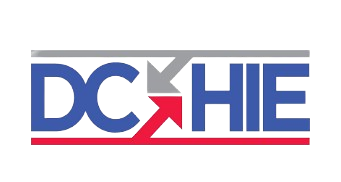
Evolving the DC Community Resource Information Exchange’s Inventory Capabilities
In the District of Columbia, we’re developing a new approach to the very old problem of resource directory information management. Years ago we shared the story of the first phase of our work here on this blog, and we’re now excited to share results from our second phase. The DC Community Resource Information Exchange initiative…